Material-driven Green Innovation
From Battery Manufacturing to Recycling
Eco-Upgrades for Conventional Manufacturing
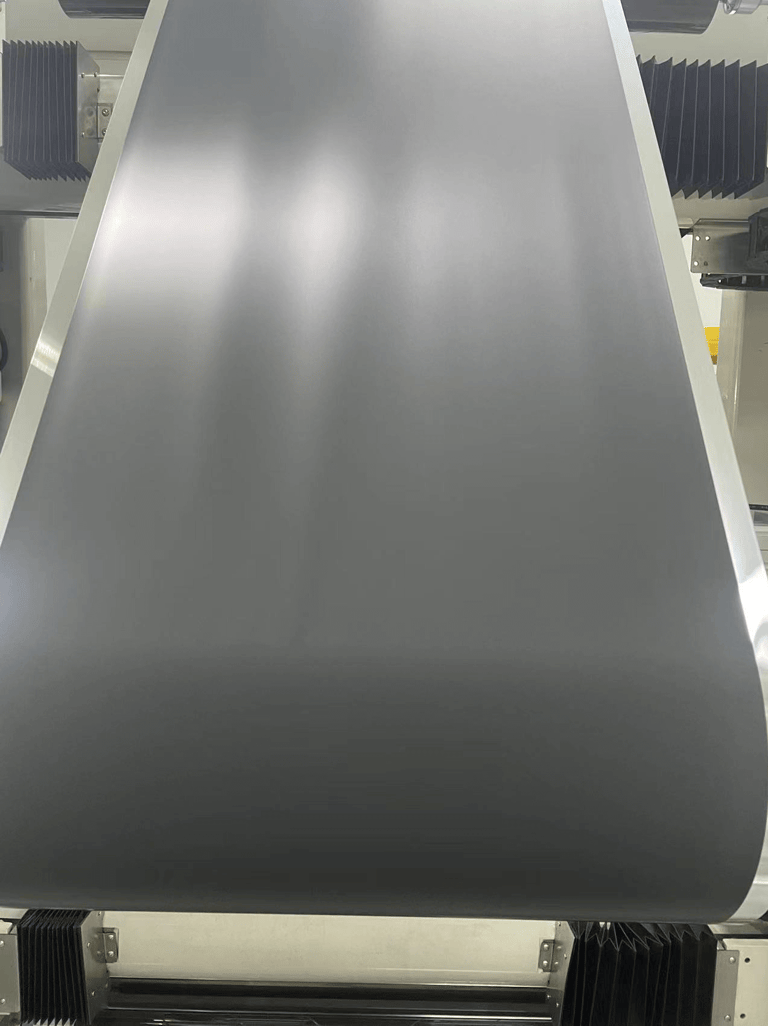

The first problem of conventional battery manufacturing GRST is the use of PVdF binder, which has toxic PFAS Forever Chemicals in its supply chain and is difficult recyclable.
The second problem of wet electrode production is its dependence on NMP – a hazardous high carbon footprint solvent that is expensive to handle.
GRST solves both these problems.
We've created novel, PFAS-free binding materials that are not only compatible with conventional NMP but are also designed for use with green solvents, including water. This breakthrough allows battery producers to immediately reduce their environmental impact and operational costs by transitioning their current NMP-based infrastructure to a safer, more sustainable process.
Adaptable to Different Use Cases and Customer Requirements
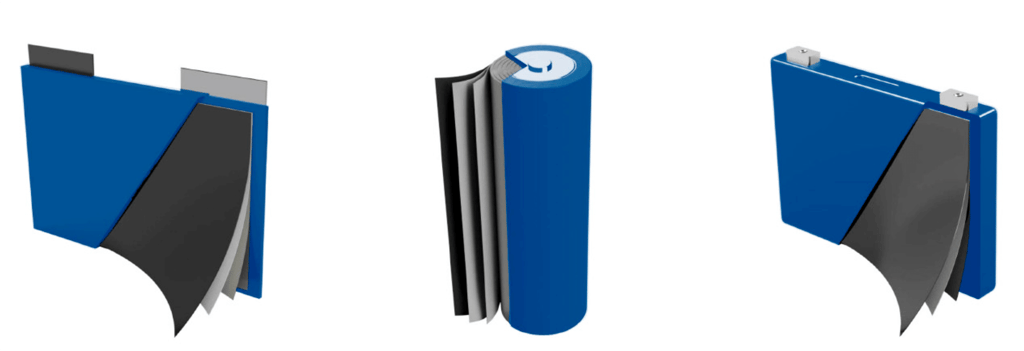



UL 1973


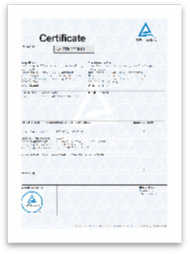

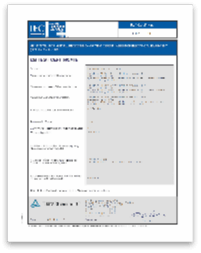

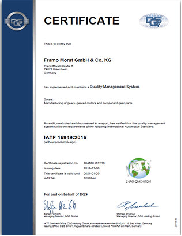

UL 2580
UL 1642
IEC62619
IATF 16949
Comparison with Conventional PVdF + NMP
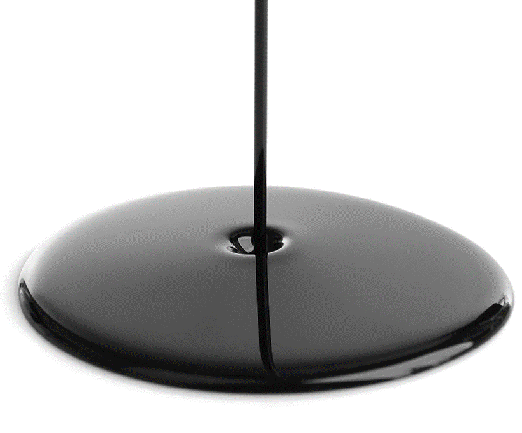

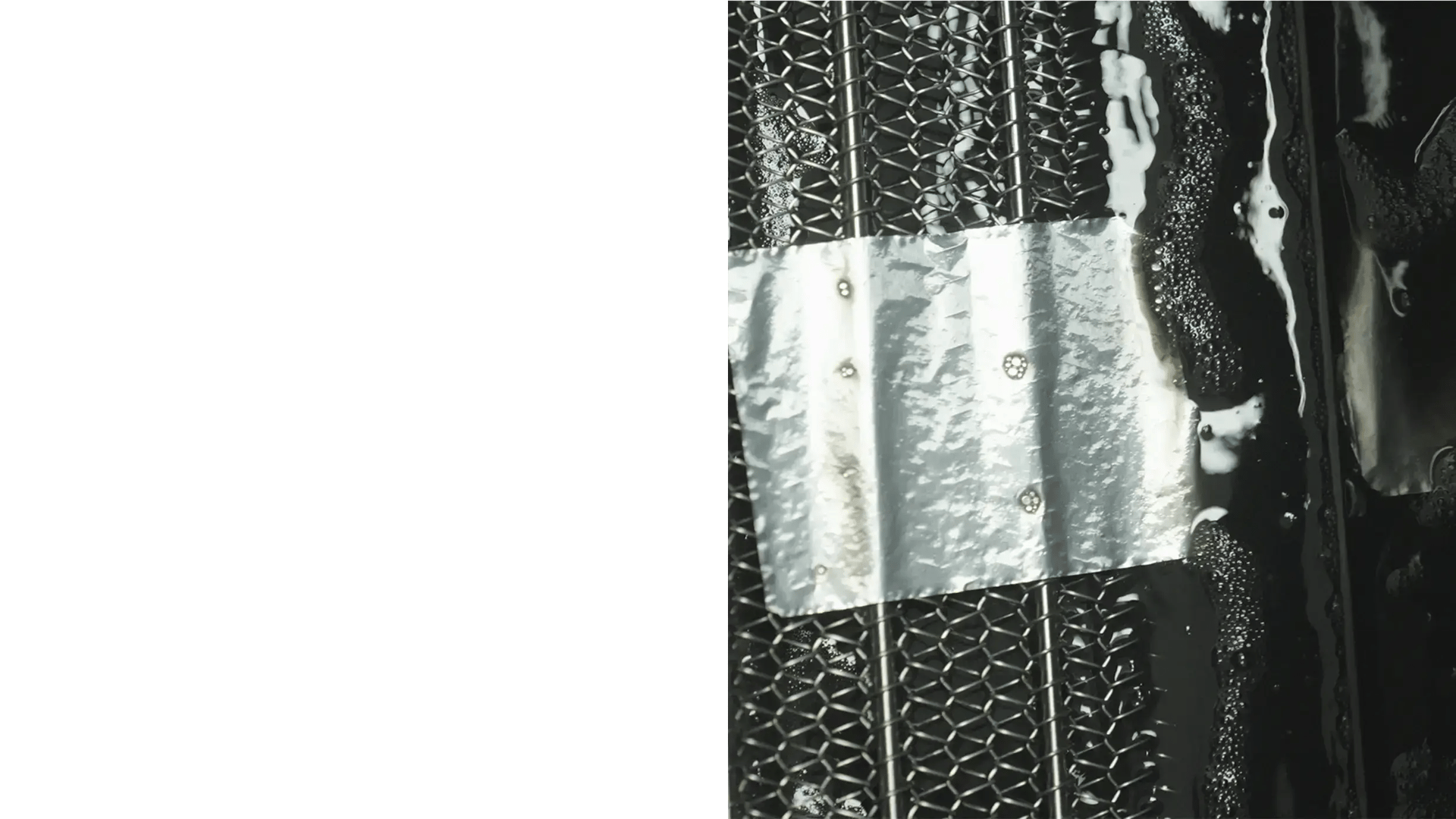
Recycling Batteries With Water
While traditional battery recycling pollutes with toxic emissions and consumes vast amounts of energy, GRST has reimagined the process from the ground up. Our solution uses a simple water-based process to delaminate and separate battery materials through filtration.
The result is a cheaper, cleaner, and more efficient way to recover high-purity materials, setting a new standard for sustainable recycling.
Recycling Batteries With Water
While traditional battery recycling pollutes with toxic emissions and consumes vast amounts of energy, GRST has reimagined the process from the ground up. Our solution uses a simple water-based process to delaminate and separate battery materials through filtration.
The result is a cheaper, cleaner, and more efficient way to recover high-purity materials, setting a new standard for sustainable recycling.
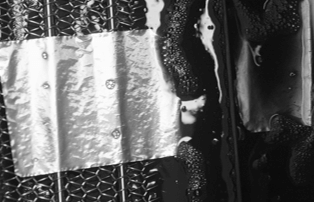
Adaptable to the Conventional Recycling Facilities
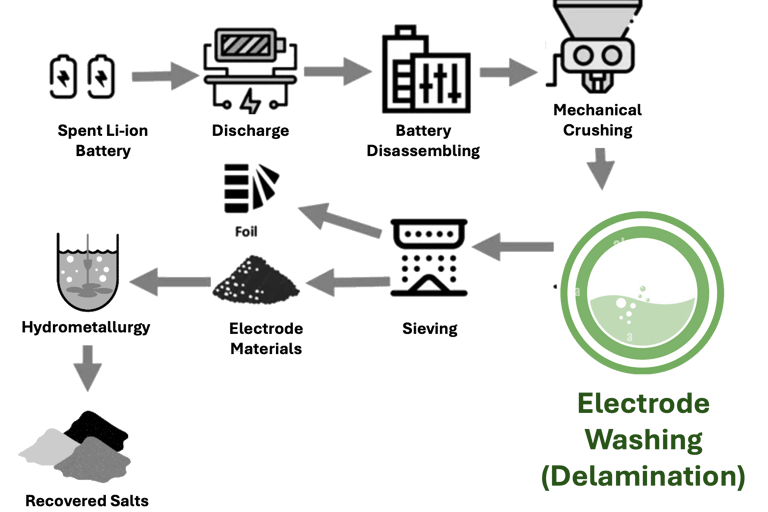

The result is a cheaper, cleaner, and more efficient way to recover high-purity materials, setting a new standard for sustainable recycling.
Remark: PVDF presence in the “Black Mass” could be removed by Thermal Treatment (Pyrolysis) over 450°C. However, high energy cost & release toxic gases in thermal treatment.
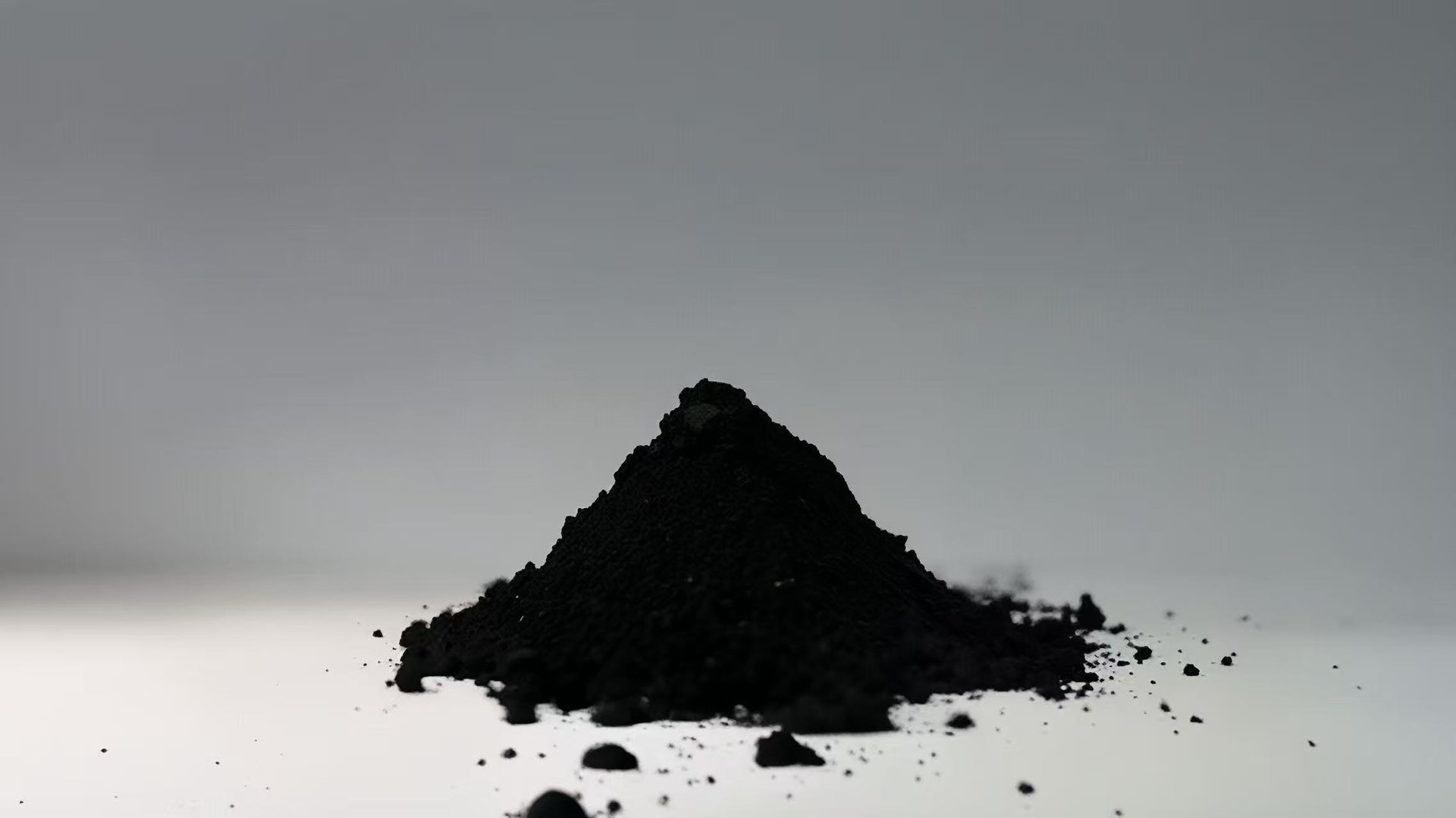
Comparison with Conventional Recycling
Connect with us.


